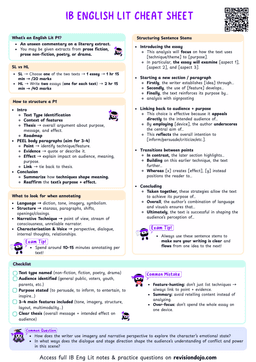Grammatical Techniques Shape Structure and Emphasis
- Grammatical techniques are deliberate choices in syntax and sentence structure that shape how a message is delivered.
- They influence the rhythm, clarity, and emotional impact of a text.
This includes parallelism, subordination, anaphora, chiasmus, and punctuation choices.
Why Grammatical Techniques Matter
- The form of a sentence affects how we feel and interpret it:
- Short, clipped sentences can create urgency or tension.
- Long, flowing sentences can mimic a character’s racing thoughts or create a sense of overwhelm.
- Repetition can build rhythm, unify ideas, or hammer home a point.
- Writers use sentence structure to control how a passage feels as it’s read.
- A short, abrupt sentence can feel like a punch.
- A long, winding one might feel like a spiral of thought or confusion.
Key Grammatical Techniques
Parallelism
Parallelism
Parallelism is the repetition of similar grammatical structures in a sentence or series of sentences.
"She came, she saw, she conquered."
- The repetition of subject–verb structure creates a sense of movement and momentum.
- It adds rhythm and finality, reinforcing her dominance and confidence.
- Is used to:
- Emphasize a sequence of actions or traits
- Create a balanced, memorable sentence
Subordination
Subordination
Subordination involves using dependent clauses to add detail or context to a main clause.
"Although she was tired, she kept going."
- The subordinate clause introduces emotional context, her fatigue.
- The main clause gains strength, showing determination in spite of hardship.
- Is used to:
- Show contrast, cause, condition, or time
- Reveal character motivation or inner conflict
Although she was tired, she continued to work.
Anaphora
Anaphora
Anaphora is the repetition of a word or phrase at the beginning of successive clauses or sentences.
"We shall fight on the beaches, we shall fight on the landing grounds..."


